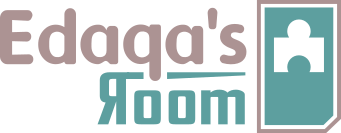
A pattern sequence is a puzzle device that creates a series of objects and requires the player to continue the pattern
In a pattern puzzle, a player is presented with a sequence and is expected to find the next item in the sequence. They will need to recognize and then apply it.
A pattern is a sequence that can be logically extended. For example, 1, 2, 3, … can be continued with the number 4. A pattern is one of the common core puzzle devices
Puzzles should employ Occam's razor, using the simplest algorithm to explain the pattern. In the previous example we assume each subsequent number is one more than the previous. It could equally be the fibonacci sequence starting from the third number, making the next number 5. Though valid, it's more complex than a simple increment.
Complex sequences break the law of least surprise. The more a pattern algorithm deviates from the simplest possible explanation, the more incredulous the player will be. A player will naturally test the simplest options first, adding complexity only as their easy answers don't find a solution.
A player will need to use pattern recognition to determine the rules behind a pattern.
If you have any questions, need an example, or want clarification, then let me know. Ask on Discord or Twitter.
Assume everything in this reference is a working draft, there's prone to be some mistakes and inconsistencies. I figure it's best to publish and get feedback rather than write for years in secret. The terms will change, the structure will shift, and the bugs will be chased out. It'll take a while.